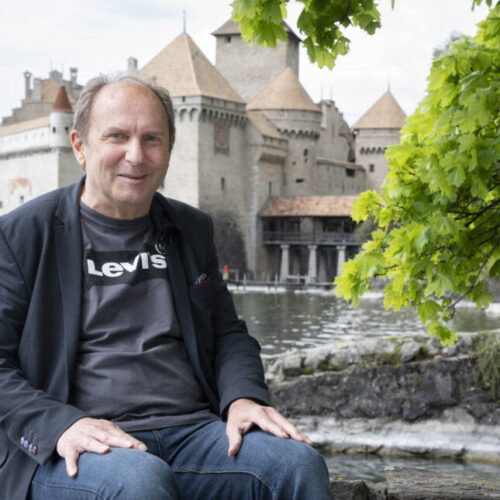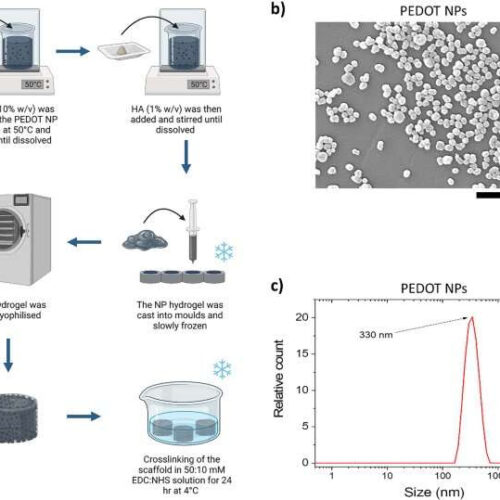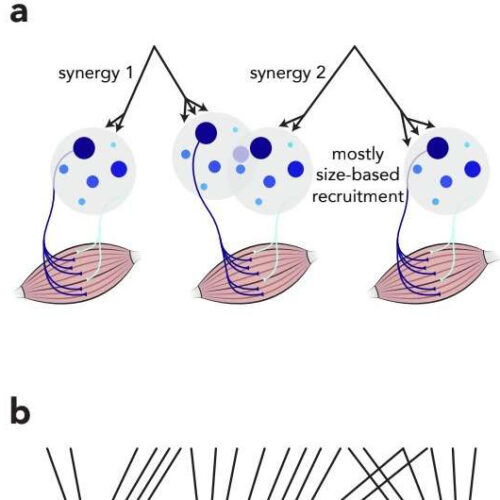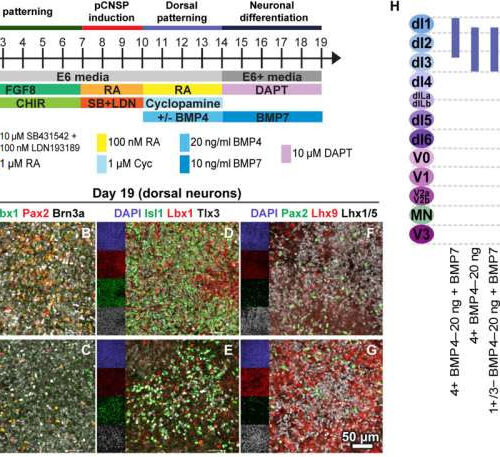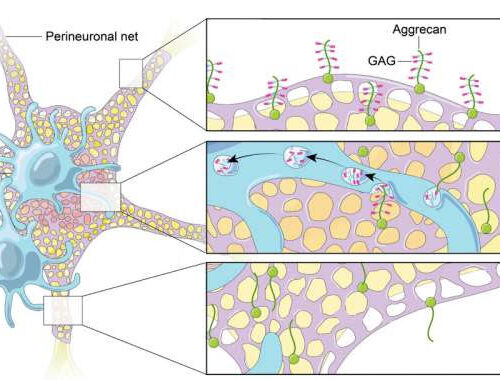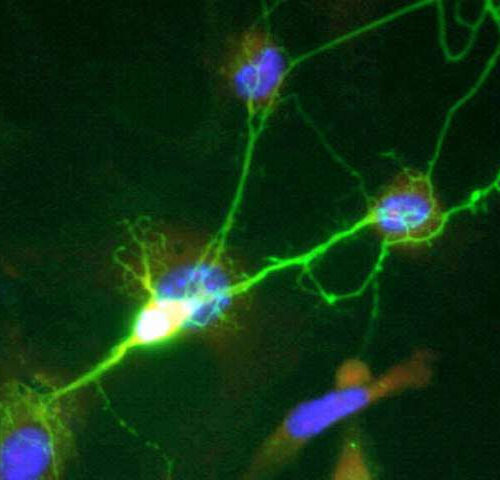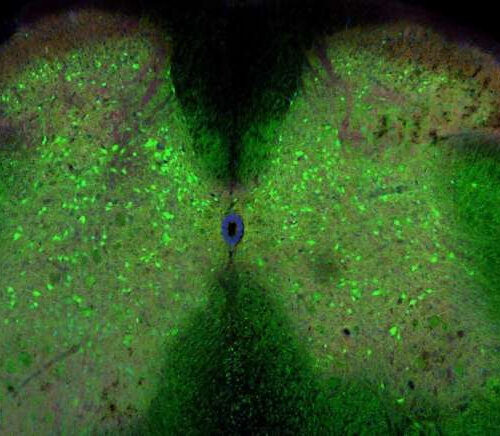By Matthew Herper Marc, a 62-year-old who has had Parkinson’s for 30 years, received an experimental treatment that appeared to notably improve his ability to keep his balance and walk without freezing up. An experimental treatment that delivers an electrical current to the spinal cord appeared to notably improve the ability of a man with Parkinson’s...
Tag: <span>Spinal cord</span>
Novel tool could help neuroscientists crack the secrets of spinal cord
Reviewed by Lily Ramsey, LLM Aug 7 2023 The spinal cord is harder to access and study than even the brain. The challenges posed by its mobility and anatomical structure have made understanding exactly how it functions difficult. Rice University engineers will work with collaborators to optimize an array of nanoelectronic threads, or NETs ⎯...
Novel research demonstrates new method of spinal cord tissue repair
by University of Limerick a Synthesis schematic of gel:HA:PEDOT-NPs scaffolds. Incorporation of PEDOT NPs into Gel:HA hydrogel and processing by means of lyophilisation develops porous scaffolds, (image created with BioRender.com). b SEM images of synthesized PEDOT NPs. c DLS measurement of PEDOT NPs in the hydrodynamic state. Credit: Biomaterials Research (2022). DOI: 10.1186/s40824-022-00310-5 Unique new material developed...
Motor units in the spinal cord might be far more flexible than we thought
by Ingrid Fadelli, Medical Xpress Credit: Marshall et al, Nature Neuroscience (2022). DOI: 10.1038/s41593-022-01165-8 When humans and other mammals perform voluntary movements, a series of neural processes take place. The cerebral cortex, the outer region of the brain, sends signals to motor units (i.e., neurons) in the spinal cord, which in turn activate individual muscles. Past neuroscience...
Improved understanding of early spinal cord development paves the way for new treatments
by Rebekah McBride, University of Wisconsin-Madison Addition of BMP7 during neuronal differentiation further dorsalizes postmitotic population. (A) Timeline of dorsal differentiation from H120-NMPs, with BMP7 added during neuronal differentiation phase from days 14 to 19. (B to G) Immunostaining in day 19 postmitotic cultures shows that DAPT treatment rapidly converts progenitors to dorsally shifted postmitotic phenotypes...
Epigenetic treatment in mice improves spinal cord regeneration after injury
by Public Library of Science Shown is an increased density of synapses (green) that contact motoneurons (purple) in the spinal cord of an injured animal after treatment with the small molecule TTK21-These are important for motor function. Credit: Franziska Mueller (CC-BY 4.0, creativecommons.org/licenses/by/4.0/) Currently, spinal cord injury does not have any effective treatments; physical rehabilitation can...
Activation of microglia in the spinal cord after nerve injury found to contribute to pain hypersensitivity
by Bob Yirka , Medical Xpress A perineuronal net surrounding a projection neuron in the spinal cord and depicts microglia digesting the net. Degradation of the perineuronal net by microglia causes increased neuronal activity and pain. Credit: Designs that Cell A team of researchers working at McGill University has found that activation of microglia in...
Like tiny drill sergeants, neurons identified in spinal cord coordinate our steps
by Columbia University Irving Medical Center Credit: Public Domain Walking is the most natural of movements. Without thinking, we put one foot forward and then the next, on and on, propelling us forward. So, if we’re not consciously directing this complex interplay of nerves and muscles, what is? “As one might expect, it’s the brain...
Japan team carries out world-first spinal cord stem cell trial
by Tomohiro Osaki Researchers at Tokyo’s Keio University want to study whether induced pluripotent stem (iPS) cells can be used to treat the injuries. A Japanese university said Friday it has successfully transplanted stem cells into a patient with a spinal cord injury, in the first clinical trial of its kind. There is currently no...
ALS development could be triggered by loss of network connections in the spinal cord
by University of Copenhagen The spinal cord of a mouse with ALS. The green cells are the inhibitory interneurons. Credit: Ilary Allodi ALS is a very severe neurodegenerative disease in which nerve cells in the spinal cord controlling muscles and movement slowly die. There is no effective treatment and the average life expectancy after being diagnosed...
- 1
- 2

